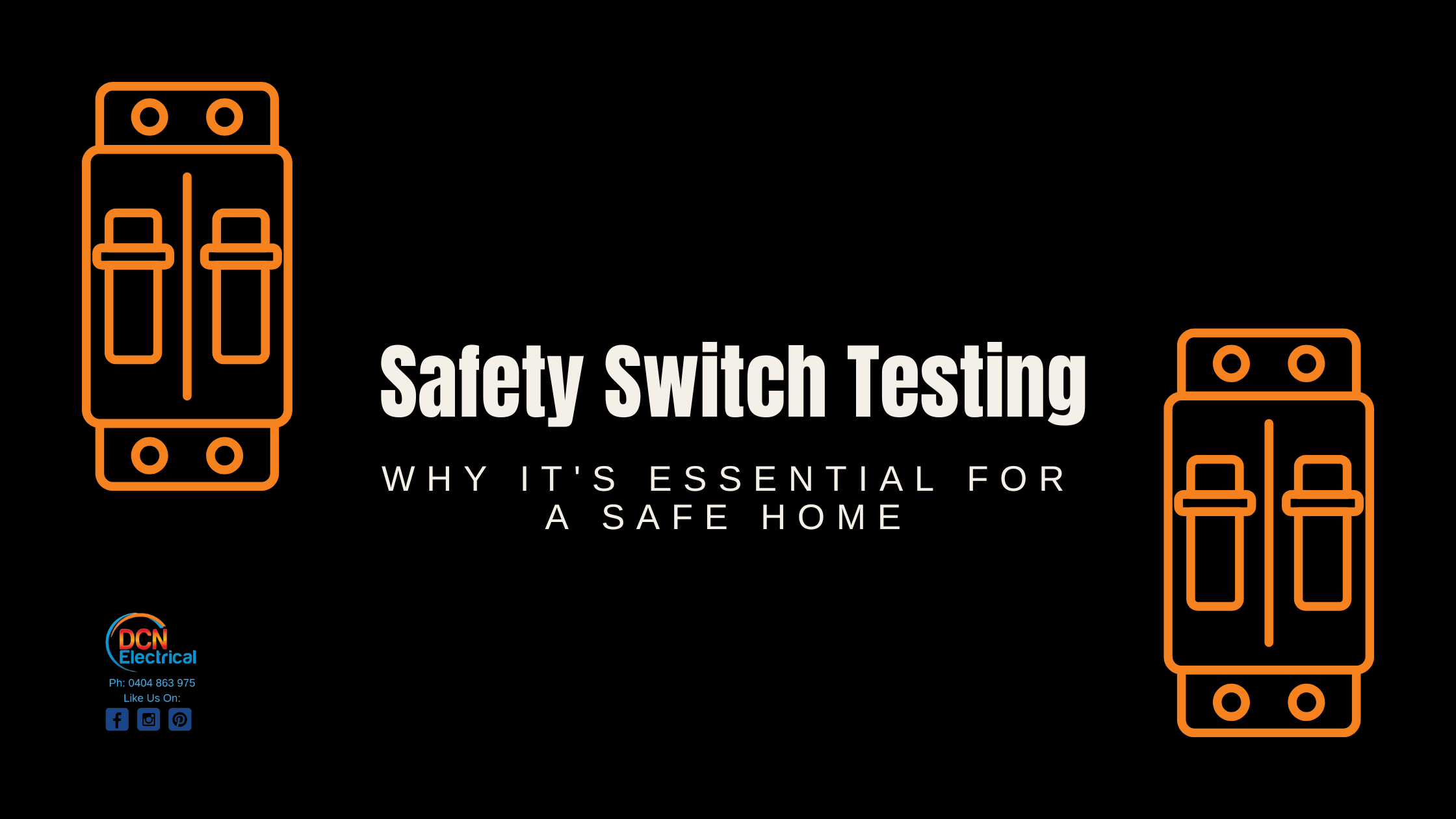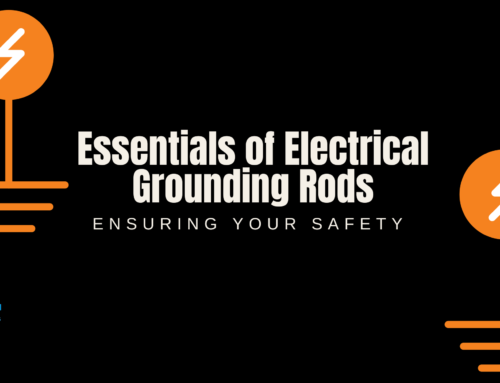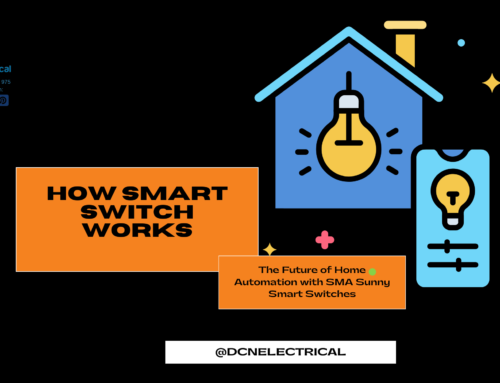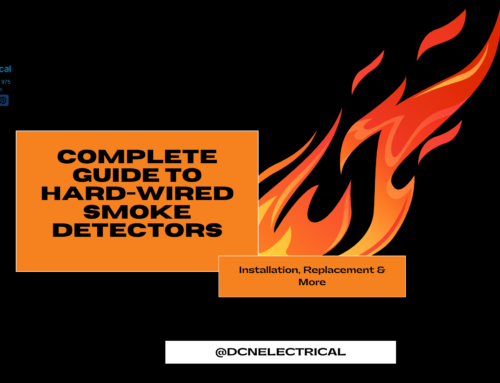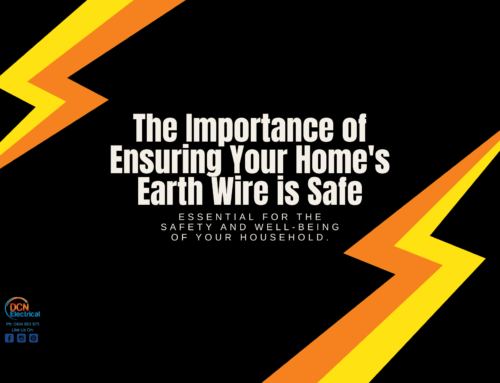As responsible homeowners, we always strive to ensure the safety of our loved ones and our property. When it comes to electrical safety, one of the most crucial components is the safety switch. In this blog post, we will explore the importance of safety switch testing, how to perform it, and why it is essential for a safe home.
Understanding Safety Switches
What is a Safety Switch?
A safety switch, also known as a residual current device (RCD), is a device designed to protect you from electrical accidents. It monitors the flow of electricity through a circuit and instantly shuts off the power if it detects an electrical fault or a leakage of electric current. This quick response can prevent electric shocks, fires, and other electrical accidents.
How Does a Safety Switch Work?
A safety switch constantly monitors the flow of electric current in a circuit. It compares the electricity flowing into the circuit with the electricity flowing out of the circuit. If there is an imbalance, indicating a leakage of electric current, the safety switch immediately cuts off the power supply, preventing potential accidents.
What Causes a Leakage of Electrical Current?
There are many reasons why there might be a leakage of current in an electrical circuit. Perhaps you have something plugged into a power point and the cable on the appliance is worn, chewed, or has come loose from the plug through use. Another reason is that the cabling inside your home is old and perished or has been damaged by pests. Or perhaps there is water in a power point, which is incredibly common when there are storms and heavy/persistent rain. These are some of the most common causes of current leakage and what safety switches protect us from.
Importance of Safety Switches in a Home
Safety switches are a vital component of any residential electrical system. They provide an extra layer of protection by reducing the risk of electric shocks and electrical fires from electrical current leakage. Safety switches are particularly important in homes with young children, as their curious nature can often lead to accidents involving electrical outlets and appliances.
Safety Switch Testing
Why is Safety Switch Testing Essential?
While safety switches are designed to work reliably, they can become faulty over time due to various reasons such as wear and tear, power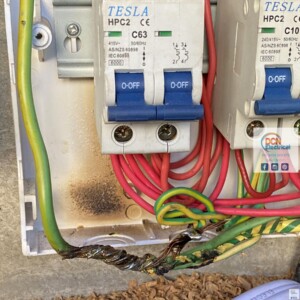 surges, or exposure to moisture. Regular safety switch testing is essential to ensure that they are working correctly and providing the necessary protection.
surges, or exposure to moisture. Regular safety switch testing is essential to ensure that they are working correctly and providing the necessary protection.
Testing your safety switches should be a routine part of your home maintenance checklist. By doing so, you can identify any faults or malfunctions early on and address them promptly, preventing potential electrical accidents.
How to Perform Safety Switch Testing
Performing safety switch testing is relatively simple and can be done without any specialised equipment. Here’s a step-by-step guide to help you test your safety switch:
- Locate your safety switch: Safety switches are typically installed in the electrical switchboard or meter box of your home. Identify the switch labelled as “safety switch” or “RCD.”
- Reset the safety switch: Before testing, ensure that all electrical appliances, power points, lights and devices are turned off. Press the reset button on the safety switch to activate it.
- Perform the test: Press the “test” button on the safety switch. This will simulate a fault and should cause the safety switch to trip, cutting off the power supply to the circuit.
- Check the result: After pressing the test button, the safety switch should trip and turn off the power. If it doesn’t, it may indicate a faulty safety switch that requires professional attention.
- Reset the safety switch: After testing, press the reset button on the safety switch to restore the power supply.
When Should You Test Your Safety Switch?
To ensure your safety switches are in good working condition, it is recommended to test them at least every three months, some even suggest monthly. Additionally, you should perform safety switch testing in the following scenarios:
- After a power outage
- When you move into a new home
- After any electrical work or renovations
- If you suspect any electrical faults or issues
Safety Switch Installation
Steps to Install a Safety Switch
Installing a safety switch is a job for a licensed electrician. However, it’s essential to understand the general installation process. Here are the basic steps involved in installing a safety switch:
- Turn off the main power: Before starting any electrical work, the electrician will turn off the main power supply to your home.
- Identify the appropriate circuit: Determine which circuit you want to protect with a safety switch. It is recommended to install a safety switch for each circuit in your home.
- Install the safety switch: The electrician will follow the manufacturer’s instructions and install the safety switch in the electrical switchboard or meter box. Connect the necessary wires to the appropriate terminals.
- Test the safety switch: Once the installation is complete, they will test the safety switch to ensure it is functioning correctly.
Hiring a Professional for Safety Switch Installation
Although safety switch installation may seem straightforward, it is crucial to hire a licensed electrician for this task. A professional electrician will have the necessary knowledge and expertise to ensure that the safety switch is installed correctly and is compliant with electrical safety regulations.
In conclusion, safety switch testing is a vital step in ensuring the electrical safety of your home. Regular testing can help identify any faults or malfunctions, allowing you to address them promptly. Additionally, professional installation by a licensed electrician is crucial to ensure the correct installation and functionality of safety switches. By prioritising safety switch testing and installation, you can create a safe and secure home environment for you and your loved ones.
Remember, when it comes to electrical safety, it’s always better to be proactive. Contact DCN Electrical, a Sydney-based electrician, for all your safety switch testing and installation needs. Don’t compromise on the safety of your home – take action today!
Contact DCN Electrical to schedule your safety switch testing and installation appointment.
Learn more about safety switches and how they protect your home.
Follow DCN Electrical on Facebook for regular electrical safety tips and updates.

